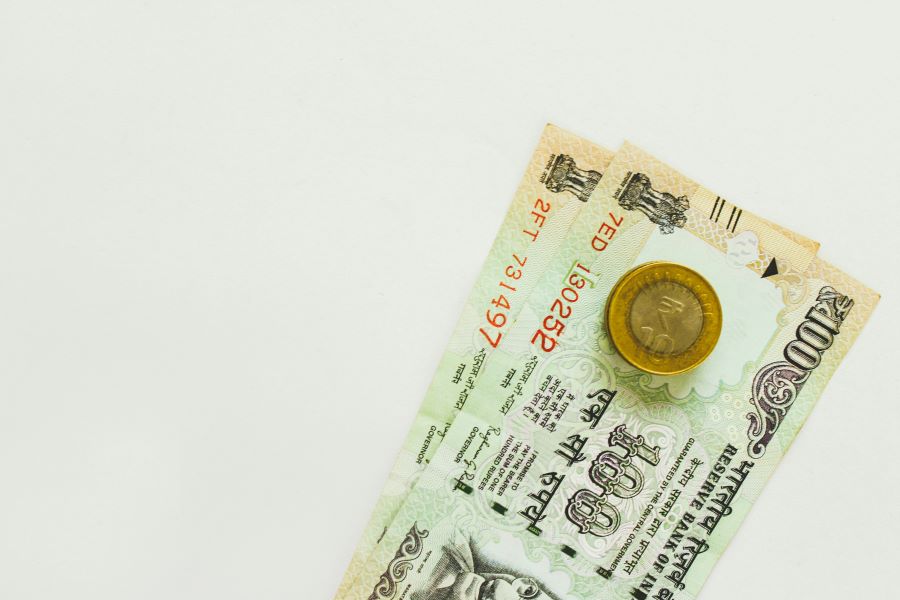Losing a loved one is a challenging time, and dealing with financial matters can add to the emotional burden. When a fixed deposit holder passes away, their fixed deposit account needs to be managed appropriately. Understanding the process of claiming a fixed deposit after death can help navigate this situation smoothly.
What Happens to Fixed Deposit After Death?
When the account holder of a fixed deposit passes away, the fixed deposit account becomes part of their estate. The procedure for claiming the fixed deposit after the account holder’s death involves specific steps to ensure a seamless transition of the funds to the rightful beneficiaries.
How to Claim Fixed Deposit After Death
Claiming a fixed deposit after the death of the account holder involves the following steps:
Notification of the Demise
The first step is to inform the bank or financial institution where the fixed deposit is held about the account holder’s death. This notification triggers the process of claiming the fixed deposit after death.
Submission of Required Documents
The legal heirs or beneficiaries of the deceased account holder must provide certain documents to claim the fixed deposit. These documents typically include:
- Death certificate of the account holder
Identity proof of the claimants
- Legal heir certificate or succession certificate
- Will, if applicable
Also Read: Tips for Maximising Your Fixed Deposit Returns
Closure of the Fixed Deposit Account
Upon verification of the submitted documents, the bank will initiate the closure of the fixed deposit account. The accrued interest on the fixed deposit until the date of closure will be calculated and added to the final amount.
Settlement of Funds
The funds from the closed fixed deposit account will be disbursed as per the instructions provided by the legal heirs or beneficiaries. The amount can be transferred to a designated bank account or issued as a demand draft, based on the preferences specified.
Tax Implications
It is essential to consider the tax implications of inheriting the fixed deposit amount after the account holder’s death. Depending on the amount and the relationship of the beneficiary with the deceased, there may be tax obligations to fulfil.
FAQs:
What happens to a fixed deposit after the death of the account holder?
After the death of the fixed deposit account holder, the fixed deposit becomes part of their estate. Legal heirs or beneficiaries can claim the funds by following the necessary procedures.
How can legal heirs claim a fixed deposit after the account holder’s death?
Legal heirs need to inform the bank about the account holder’s demise. They have to submit required documents such as death certificate, legal heir certificate, succession certificate, and follow the bank’s procedures for claiming the fixed deposit after death.
Is it necessary to provide a legal heir certificate to claim a fixed deposit after death?
In most cases, banks may require a legal heir certificate or a succession certificate to verify the legal heirs entitled to claim the fixed deposit amount.
Can the fixed deposit amount be transferred directly to the legal heirs’ bank account?
Yes, upon closure of the fixed deposit account, the funds can be transferred to the designated bank account of the legal heirs or beneficiaries after they provide the necessary documentation.
Are there any tax implications associated with claiming a fixed deposit after the account holder’s death?
Depending on the amount inherited and the relationship of the beneficiary with the deceased, there may be tax implications to be considered. Legal heirs should consult with a tax professional to understand any tax liabilities related to claiming the fixed deposit after the account holder’s death.
Also Read: The Impact of Inflation on Fixed Deposit Returns
Navigating the process of claiming a fixed deposit after the death of the account holder requires diligence, proper documentation, and adherence to the bank’s procedures. By following these steps and understanding the requirements, legal heirs and beneficiaries can efficiently manage the fixed deposit account and ensure a smooth transition of funds.


 Get App
Get App  Airtel Store
Airtel Store  Login
Login 


